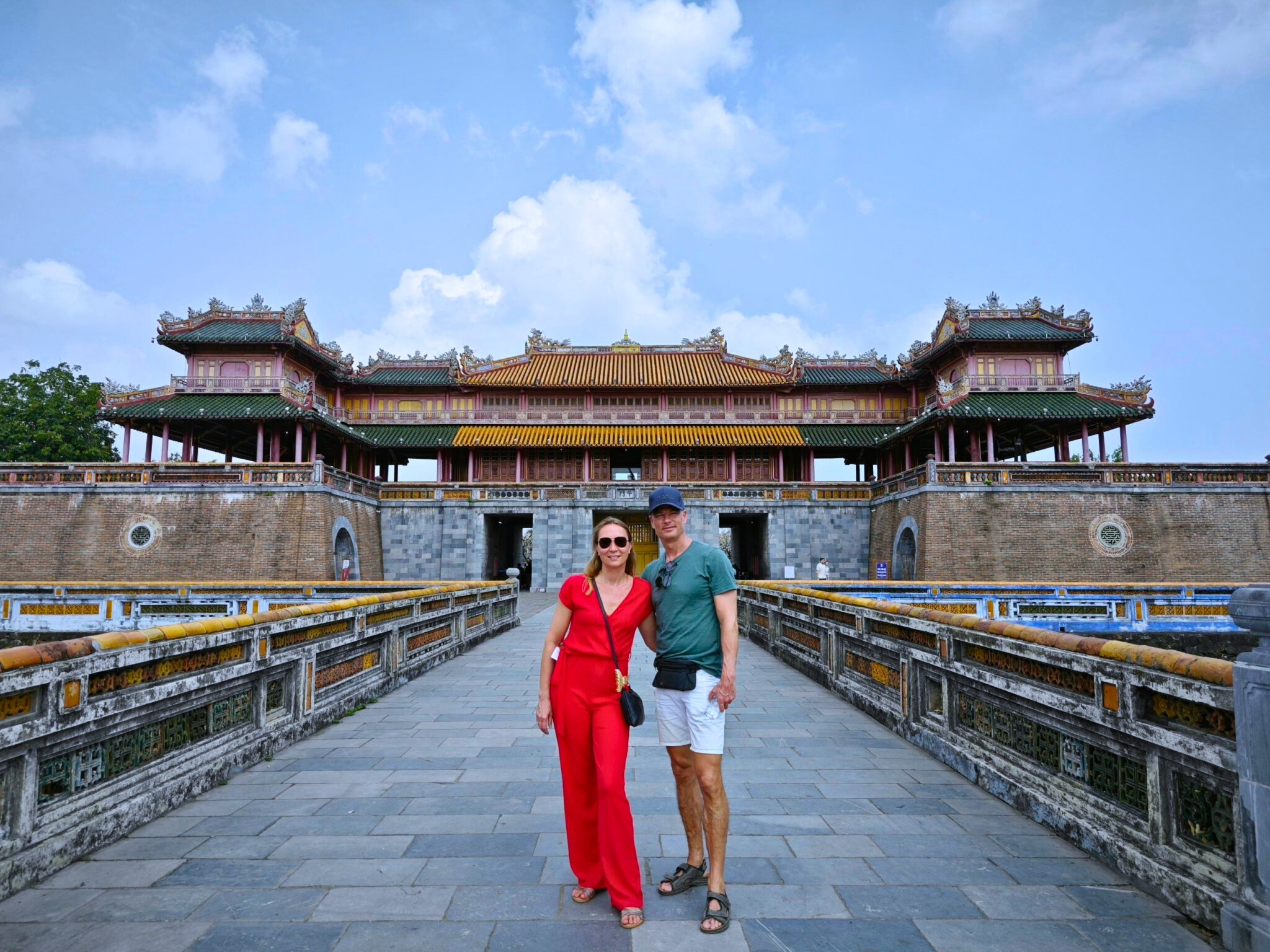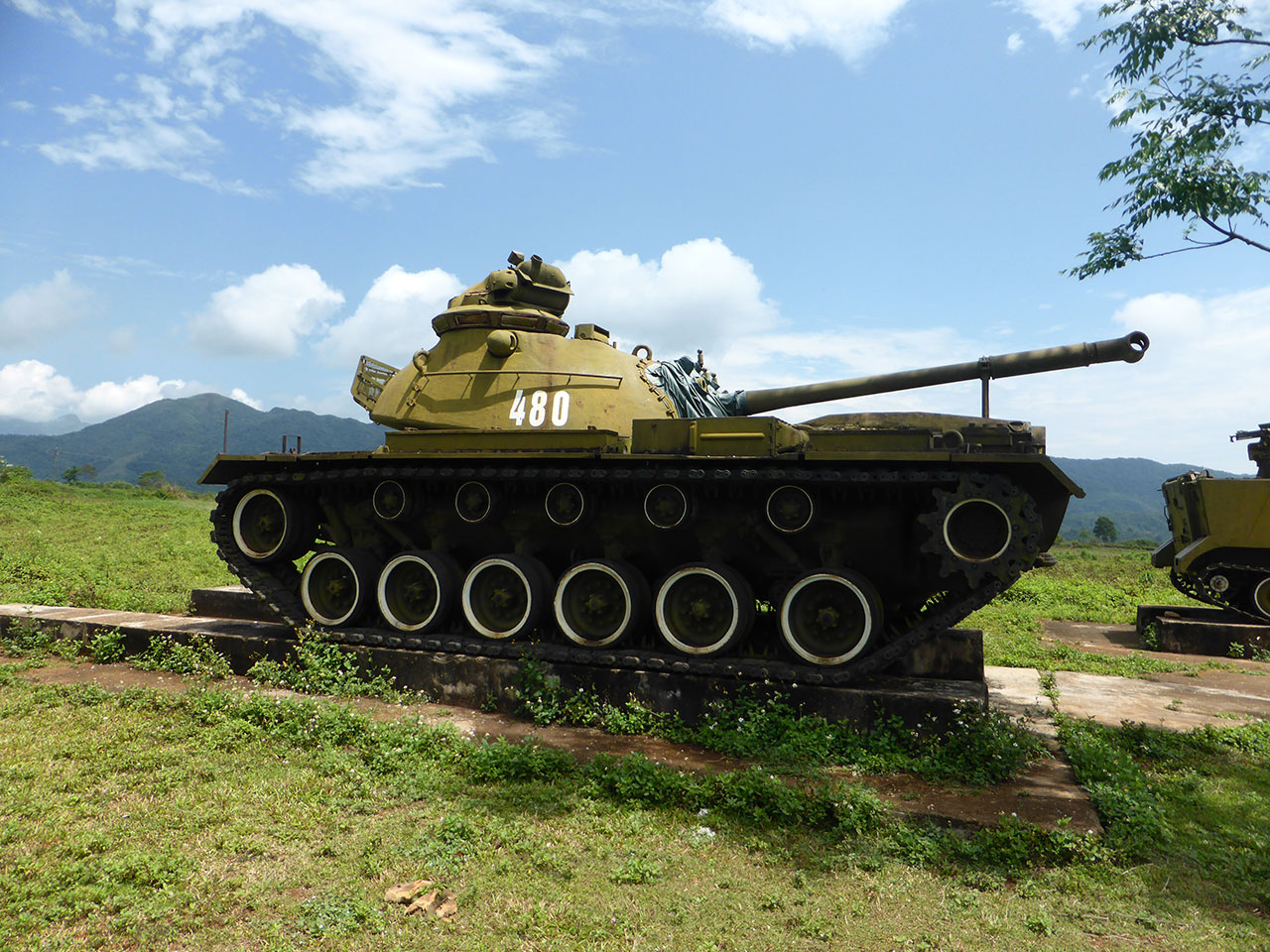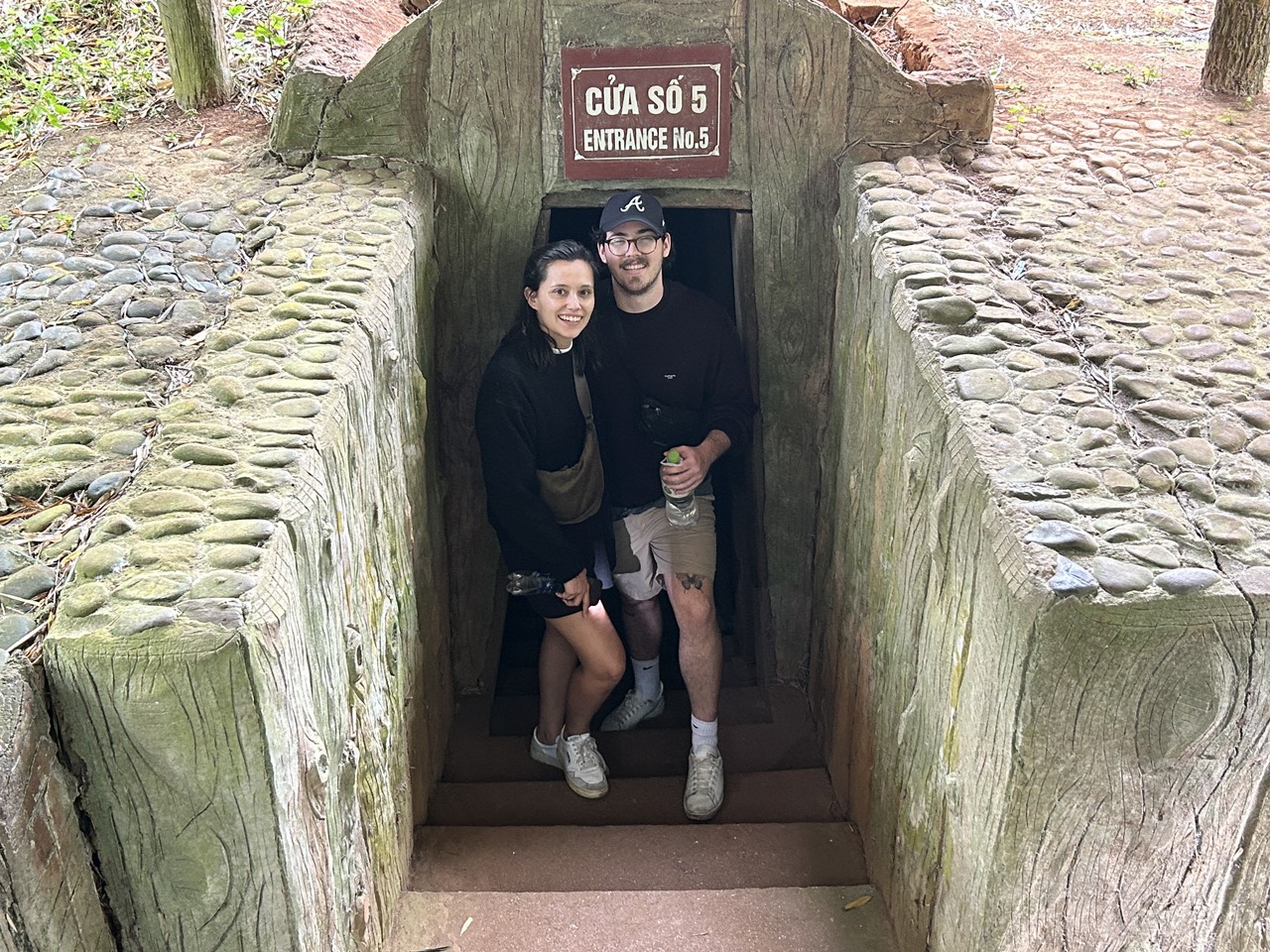Tra Que Vegetable Village: A Complete Guide
Nestled between the ancient town of Hoi An and the pristine Tra Que Beach lies one of Vietnam’s most cherished agricultural treasures – Tra Que Vegetable Village. This 400-year-old farming community has become an essential destination for travelers seeking authentic Vietnamese cultural experiences while supporting sustainable tourism practices.
What Makes Tra Que Vegetable Village Special?
Unlike conventional tourist attractions, Tra Que Village offers visitors a genuine glimpse into traditional Vietnamese farming methods that have remained virtually unchanged for centuries. The village spans approximately 40 hectares and sustains over 200 farming families who cultivate more than 20 types of vegetables and herbs using completely organic methods.

What sets this agricultural community apart is its unique irrigation system using water from the De Vong River, enriched with seaweed from the nearby Tra Que Beach. This natural fertilization method creates vegetables with distinctive flavors that have made the village famous throughout Vietnam and beyond.
The History and Cultural Significance
Established in the 16th century, Tra Que Vegetable Village has evolved from a small farming settlement into a model of sustainable agriculture. The village’s name derives from a special type of sweet vegetable that once grew abundantly in the area, though locals now cultivate a diverse range of crops including:
- Mint – Essential for Vietnamese spring rolls and pho
- Coriander – A staple in local cuisine
- Basil – Multiple varieties unique to the region
- Lettuce – Crisp varieties perfect for wrapping dishes
- Spring onions – Known for their exceptional sweetness
Best Time to Visit Tra Que Village
Planning your visit to Tra Que Vegetable Village requires understanding Vietnam’s seasonal patterns. Here’s a comprehensive breakdown:
| Season | Months | Weather | Best For |
|---|---|---|---|
| Dry Season | February – August | 25-35°C, minimal rain | Photography, farming activities |
| Rainy Season | September – January | 20-25°C, frequent showers | Lush landscapes, fewer crowds |
For the optimal experience, visit early morning (5:00-7:00 AM) when farmers begin their daily routines, or late afternoon (3:00-5:00 PM) to avoid the midday heat while capturing golden hour photography.
Activities and Experiences in Tra Que Village
1. Hands-On Farming Experience
Visitors can participate in authentic farming activities alongside local farmers. This immersive experience includes:

- Land preparation using traditional tools
- Seaweed fertilizer application – a unique local technique
- Planting and harvesting seasonal vegetables
- Water buffalo riding (seasonal availability)
2. Cooking Classes
The village offers exceptional Vietnamese cooking classes where participants learn to prepare traditional dishes using freshly harvested ingredients. Popular dishes include:
“The vegetables from Tra Que have a special sweetness and aroma that you won’t find anywhere else. It’s the seaweed fertilizer and the traditional farming methods that make the difference.” – Chef Nguyen Van Duc, local cooking instructor
3. Herbal Foot Massage
After farming activities, treat yourself to a traditional herbal foot massage using medicinal herbs grown in the village. This therapeutic treatment helps relieve fatigue while you learn about Vietnamese traditional medicine.
How to Get to Tra Que Village
Tra Que Vegetable Village is conveniently located just 3 kilometers northeast of Hoi An Ancient Town. Here are your transportation options:
From Hoi An:
- Bicycle (15-20 minutes): Most scenic option, rentals available throughout Hoi An for $2-3/day
- Motorbike (10 minutes): Convenient for experienced riders, $5-7/day rental
- Taxi (10 minutes): Approximately $5-8 one way
- Walking (45-60 minutes): Pleasant countryside stroll for fitness enthusiasts
From Da Nang:
- Private car (45 minutes): $25-35
- Motorbike (40 minutes): Via scenic coastal route
- Tour package: Many operators include transportation
Tour Packages and Pricing
Various tour options cater to different interests and budgets. Here’s what you can expect:
| Tour Type | Duration | Price Range | Includes |
|---|---|---|---|
| Basic Village Tour | 2 hours | $15-20 | Guided walk, farming demo |
| Farming Experience | Half day | $25-35 | Hands-on activities, lunch |
| Cooking Class Package | 4-5 hours | $40-60 | Market visit, cooking, meal |
| Sunset Photography Tour | 3 hours | $30-45 | Guide, optimal photo spots |
What to Bring and Wear
Proper preparation ensures a comfortable visit to Tra Que Vegetable Village:
Essential Items:
- Sun protection: Hat, sunscreen (SPF 30+), sunglasses
- Comfortable footwear: Sandals or shoes that can get muddy
- Light, breathable clothing: Long sleeves recommended
- Insect repellent: Natural options available locally
- Camera: For capturing memorable moments
- Reusable water bottle: Stay hydrated sustainably
Supporting Sustainable Tourism
Tra Que Vegetable Village exemplifies sustainable tourism done right. The community has successfully balanced economic development with cultural preservation. Visitors can support these efforts by:
- Purchasing directly from farmers – Herbs and vegetables make great souvenirs
- Choosing local guides – Ensures tourism revenue stays in the community
- Respecting farming areas – Stay on designated paths
- Minimizing plastic use – Bring reusable bags and bottles
- Learning basic Vietnamese phrases – Shows cultural respect
Combining Your Visit with Nearby Attractions
Maximize your Central Vietnam experience by combining Tra Que Village with these nearby attractions:
- Hoi An Ancient Town (3km): UNESCO World Heritage site with Japanese Bridge and historic architecture
- Cua Dai Beach (5km): Pristine coastline perfect for afternoon relaxation
- Marble Mountains (25km): Sacred Buddhist site with caves and pagodas
- My Son Sanctuary (40km): Ancient Cham ruins in jungle setting
Local Cuisine and Specialties
The vegetables from Tra Que Village feature prominently in Central Vietnamese cuisine. Must-try dishes include:
- Cao Lau: Hoi An’s signature noodle dish with Tra Que herbs
- Banh Xeo: Crispy pancakes wrapped with fresh lettuce and herbs
- My Quang: Turmeric noodles topped with aromatic herbs
- Fresh Spring Rolls: Showcasing the village’s crisp vegetables
- Tam Huu salad: Local specialty using three types of Tra Que herbs
Photography Tips for Tra Que Village
Capture the essence of rural Vietnamese life with these photography suggestions:
- Golden Hour Magic: Visit during sunrise (5:30-7:00 AM) or sunset (5:00-6:30 PM) for optimal lighting
- Focus on Details: Close-ups of vegetables, farming tools, and weathered hands tell compelling stories
- Respect Privacy: Always ask permission before photographing farmers
- Capture the Process: Document traditional farming techniques in action
- Wide Landscapes: Use the geometric patterns of vegetable plots for striking compositions
Practical Tips for Your Visit
“The best way to experience Tra Que is to slow down and immerse yourself in the rhythm of village life. Don’t rush through activities – take time to connect with the farmers and understand their stories.” – Responsible Travel Vietnam
Do’s:
- Book in advance during peak season (December-March)
- Bring cash – Most vendors don’t accept cards
- Try everything – Be adventurous with herbs and vegetables
- Support local businesses – Buy directly from farmers
- Stay hydrated – Farming activities can be strenuous
Don’ts:
- Don’t pick vegetables without permission
- Avoid visiting during midday heat (11 AM-2 PM)
- Don’t litter – Help preserve the pristine environment
- Skip the rush – Allow minimum 3-4 hours for full experience
Planning Your Itinerary
Here’s a suggested half-day itinerary for Tra Que Vegetable Village:
| Time | Activity | Duration |
|---|---|---|
| 7:00 AM | Depart from Hoi An | 20 minutes |
| 7:30 AM | Village welcome & orientation | 30 minutes |
| 8:00 AM | Farming activities | 90 minutes |
| 9:30 AM | Cooking class preparation | 30 minutes |
| 10:00 AM | Cooking & lunch | 90 minutes |
| 11:30 AM | Herbal foot massage | 30 minutes |
| 12:00 PM | Return to Hoi An | 20 minutes |
Conclusion: Why Tra Que Village Deserves Your Visit
Tra Que Vegetable Village offers more than just a tourist experience – it provides a meaningful connection to Vietnamese agricultural heritage and sustainable living practices. Whether you’re a culture enthusiast, photography lover, or culinary adventurer, this authentic farming community delivers unforgettable memories while supporting local livelihoods.
As Vietnam continues developing its tourism industry, places like Tra Que Village demonstrate how communities can preserve their traditions while welcoming visitors. Your visit contributes directly to maintaining these centuries-old farming practices for future generations.
Ready to explore Tra Que Vegetable Village? Contact SAMTOUR VIETNAM for customized tour packages that combine this agricultural gem with other Central Vietnam highlights. Experience the authentic heart of Vietnamese culture through the fresh flavors and warm hospitality of Tra Que Village.
Cycling around Tra Que Vegetable Village





